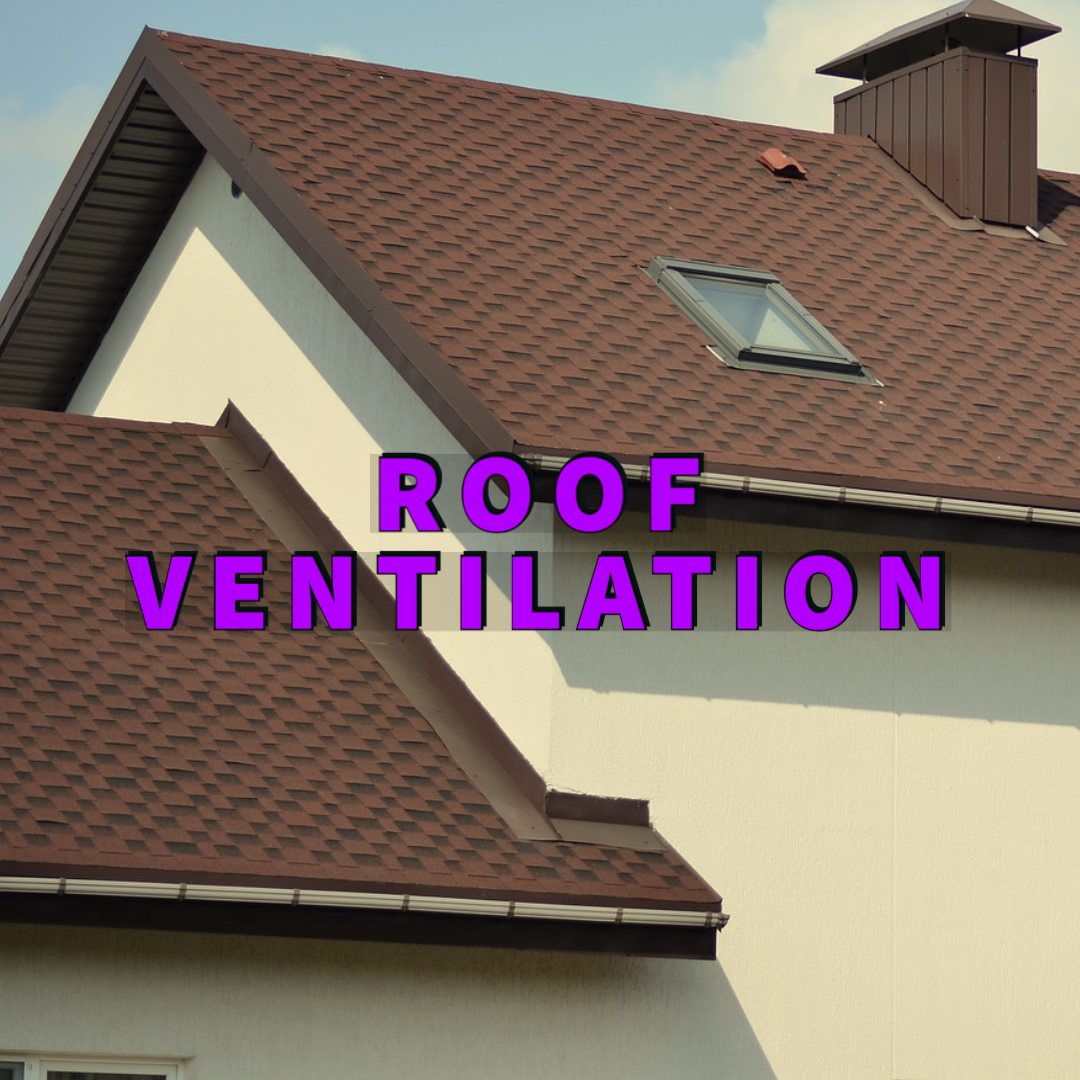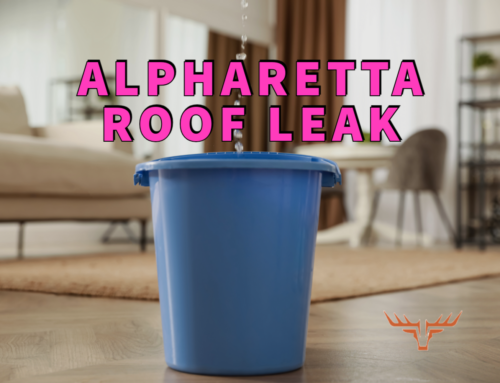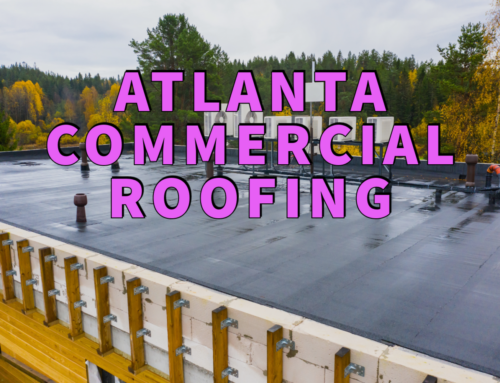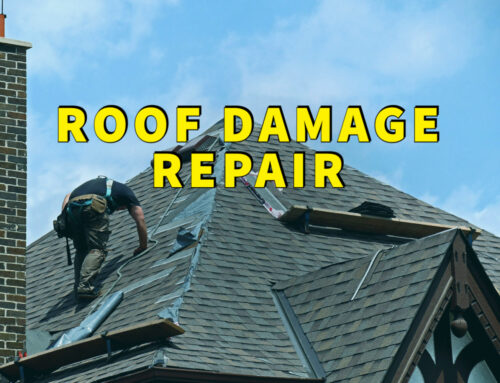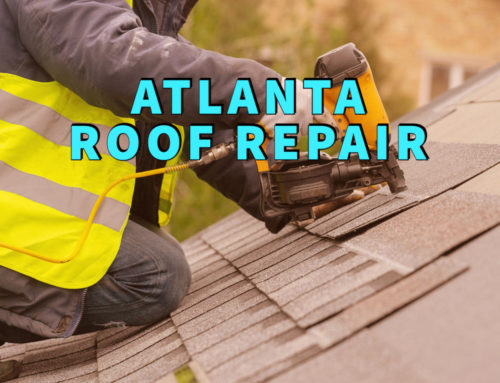Roof ventilation in good working condition helps prevent several problems associated with climate control in your attic!
There are many reasons roof ventilation is essential. The most apparent is to prevent mold from forming on the interior of your home. Ventilation also helps during hot summer months, as it keeps your house cool by allowing cool air in and warm air out.
The number one question that our roofers get asked is what type of roof ventilation system they should have installed for their roof. There are many different types of roof ventilation systems available, but knowing which one you need can be difficult without the help of a professional. To make this decision easier for you, we will go over some common types so that you can decide which best suits your needs.
This article will go over how roof ventilation helps protect your home and why it’s so important, giving you information that can be useful with the changing seasons or if you’re getting a new roof installation!
Why does roof ventilation matter?
Roof ventilation doesn’t just improve indoor air quality. It has numerous benefits, including mitigating the risk of temperature extremes, lowering energy costs, and preventing unhealthy mold formation on the interior of your home.
The heat that builds up underneath your roof without proper roof ventilation can lead to unhealthy mold growth, especially in humid climates where the hot air gathers in the attic. If you like, you can also use an attic fan or attic exhaust fan during the day for greater cooling power. An added benefit of a well-ventilated home is lower energy usage. You can expect to use about 30 percent less electricity in homes with adequate roof ventilation.
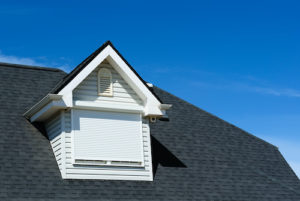
Types of roof ventilation
There are two primary considerations when it comes to roof ventilation: intake and exhaust flow.
In essence, there have to be two separate areas for air travel: one, where the air can enter your attic, and the second, where the air can exit the space.
Some of the most popular options take advantage of air’s natural property to rise. For example, intake vents near the attic base allow air in, and the hot air exits through vents on the roof itself.
Some example intake vents include:
Soffit vents: These vents are mounted between the house’s outer wall and the gutters, allowing air to enter through the bottom of the attic. They’re some of the most popular intake vents because of their low cost and effectiveness when combined with ridge vents.
Gable intake vents: These intake vents are mounted below the roof’s peak and sometimes double as both intake and exhaust vents. They open from the bottom, allowing air to enter your attic, and often include mesh screens that prevent bugs.
Drip-edge vents: These intake vents are placed along the bottom edges of a roof and work similarly to gable intake vents. They’re used in places with no eave overhang, such as when a porch covers part of your house’s side.
In contrast, these types of exhaust vents allow air to escape from the attic:
Ridge vents: Ridge vents are the most popular type of exhaust vent because they’re easy to install, adequate, and relatively affordable. They are installed along the upper edge of your roof at its peak, where the hot air can escape into the atmosphere.
Off-ridge vents: These vents are perfect for older homes that do not have a ridge venting system or for areas where there is no ridge on your roof. Off-ridge vents consist of long, tubular metal vents installed horizontally along the upper part of your roof.
Powered vents: Powered vents use electricity to draw hot air out of your house, making them especially effective in high-ceiling homes. They work by way of a built-in fan that pushes air through the ductwork and outside your home.
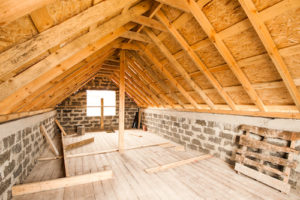
Prevent these 3 issues with proper roof ventilation
The name of the game is temperature regulation: minimizing extreme heat in the summer and providing a buffer between your heated home and cold outside temperature using airflow.
High energy bills
When your climate control system has to regulate the temperature in an unoccupied area—the attic—it uses more energy than necessary. Without adequate roof ventilation, your air conditioning and heating are called into action when these areas could take advantage of hot air rising to create consistent temperatures.
Mold growth
Hot, humid air rises, even within the house. Without adequate roof ventilation, this air can become trapped in the attic and create conditions for mold growth. This mold can cause respiratory issues for everyone within the house, creating a significant problem that requires professional mold remediation experts.
Ice dams
A warm attic can cause snowmelt on the roof and lead to ice formation in and around the gutters during winter. Proper roof ventilation also cools the attic during winter so that any snow on the roof doesn’t melt faster than the climate allows—when this happens, the cold air outside will freeze the melted snow and could damage your gutters.
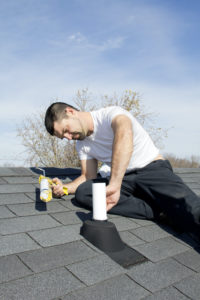
Ensure proper roof ventilation with Revere Construction and Roofing
Roof ventilation is vital for a variety of reasons:
- Without good airflow, your climate control system has to regulate temperature when no occupants are present, which means higher energy bills.
- It prevents mold from forming on the interior of your home by allowing air to come in and out.
- It provides a buffer between your home’s heated interior and freezing outside temperatures, preventing ice dams around your gutters.
Mold growth within the attic space is especially a problem because it can cause respiratory issues for everyone living inside while also requiring professional mold remediation experts to clean up any messes left behind.
For roof ventilation questions or to have a roofing expert come check out whether your roof ventilation is working, give Revere Construction and Roofing a call or reach out via our contact page. Proper roof ventilation is an all-weather requirement, so don’t wait for the changing seasons to make sure your roof is working correctly!

